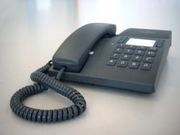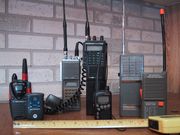VUSSC/Content/Tourism/Applying Effective Communication Skills/Tools in communcation
As a tour guide, to communcate effectively with your tourists, you must use various tools. This is primarily because your target audience will be different- small or large groups.
Below are examples of the tools a tour guide will be using during his/her work.
A Microphone (also called "mic")

This device is used to amplify the sound of the voice. There are many types of microphones- lapel mics, handheld (as found in the tour bus) or goose neck (those stationed on a podium. The purpose of the microphone for the tour guide is so that the tourists inthe bus or on tour can hear clearly his/her voice and the information being conveyed.
This device according to wikipedia (http://en.wikipedia.org/walkie-talkie) is a hand-held portable, bi-directional transceiver. It is both a transmiter and transceiver. This means that the person sending the message and the person receiving it can communicate those not visibly present, but within a certain geographical zone. A walkie-talkie is not the same as a telephone - land line or cellphone; unlike a telephone, it is not private, but communication can be heard by the user along with all other persons within the vicinity.
A Telephone (also called a "phone")

This device is used to transmit and receive voice or speech across distances. The transmission can only be heard by the user. For the tour guide, the use of the telephone is to answer prospective clients and to confirm tours with tour operators and hotels. It is necessary to learn telephone skills as discussed in the module, "Strategies for Effective Communication".
This is a tool that goes hand in hand with the telephone. The use of this tool is to have physical evidence of the communications received and not to rely on human memory alone. The use of this tool is discussed in the module, "Strategies for Effective Communication".

